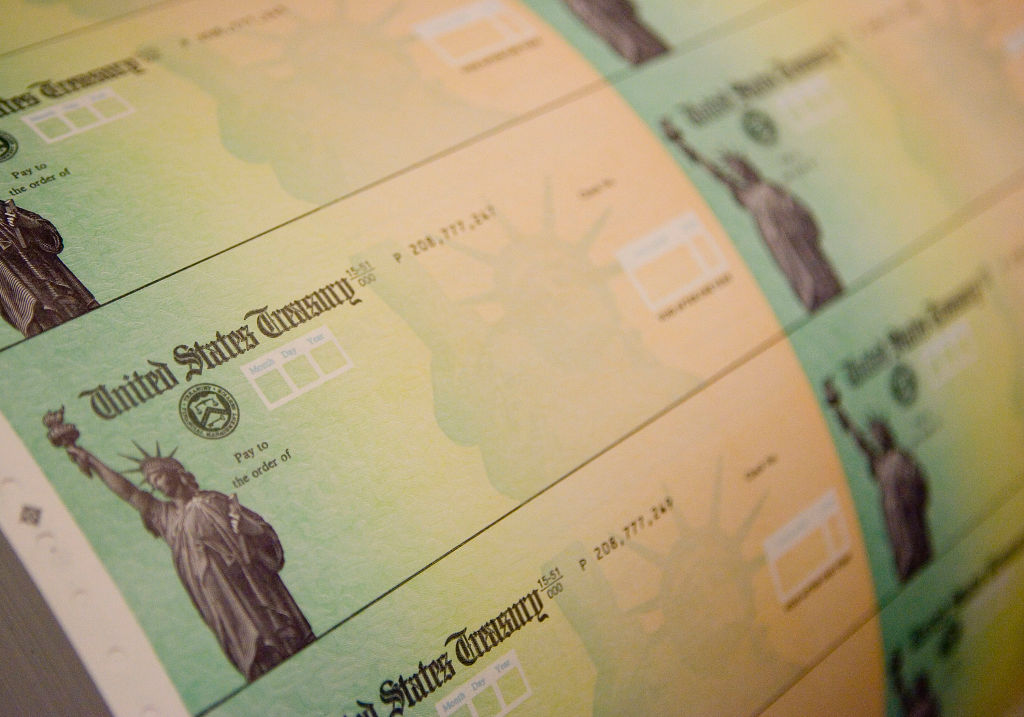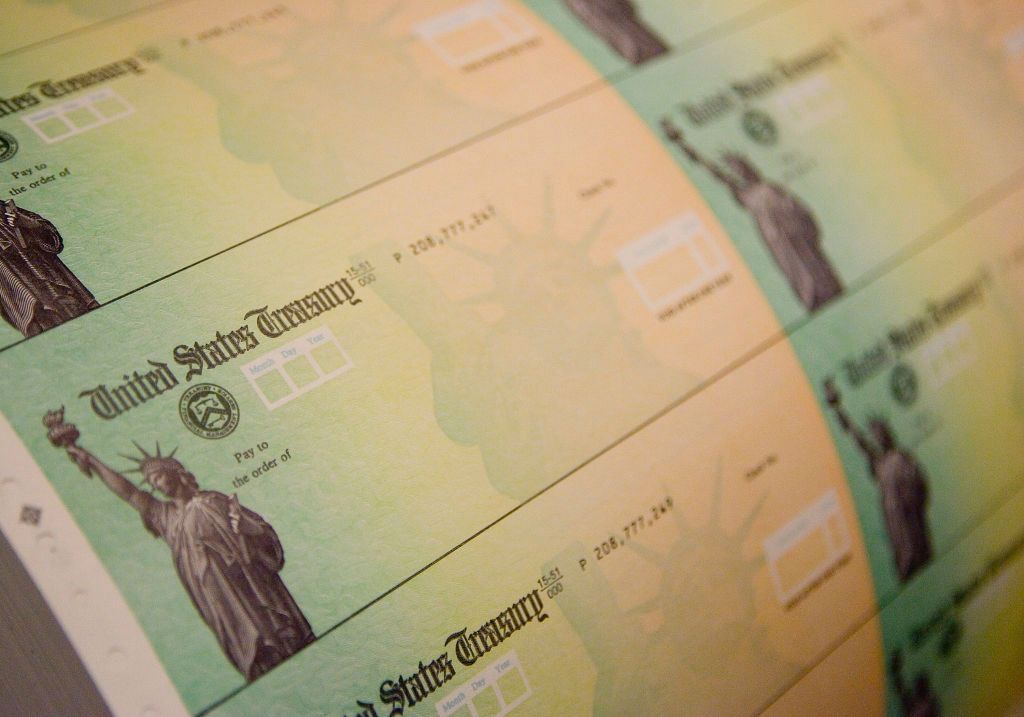Stimulus Payments Hitting Bank Accounts, But When, How Much, And To Whom?

Source: Jeff Fusco / Getty
More money may soon reside in your bank account as the Treasury Department sends out a third stimulus payment. Almost three months after the last payment of $600 went out, 85% of Americans will receive up to $1,400.
A part of the new $1.9 trillion rescue package signed into law by President Joe Biden, the payments are a needed boost as people continue to struggle one year into the pandemic.
Popular with the American public, the latest stimulus passed without Republican support. A recent report showed that close to half of Americans continue to struggle financially one year after the start of the pandemic.
Half of adults under 50 took a pay cut or were laid off in the past year. Conducted by the Pew Research Center, the study also showed the increased burden placed on lower-income workers as compared to their upper-income counterparts. Black and Latino workers were also more likely to report mental stress and worry about debt.
This is also the first stimulus payment that will go to adult dependents, including students. The first two payments excluded dependents over 17.
The Treasury Department said starting next week people can use the “Get My Payment” tool on IRS.gov to see the status of stimulus payments. People who lost income in 2020 may want to file their taxes to have the updated income considered.
People earning less than $75,000 a year adjusted gross income, $112,500 for heads of household, and $150,000 for married couples will receive the full amount. Individuals making at least $80,000 a year, $120,000 for heads of household, or $160,000 for married couples are ineligible.
The Internal Revenue Service said it was working to disburse payments while processing regular tax returns. Checks will be mailed to those who do not already have direct deposit set up with the IRS.
The new recovery package will expand tax breaks for working and middle-class families, expanding the child tax credit and earned income credit. The recovery bill will also provide support of $30 billion in rental assistance and $10 billion to help homeowners with mortgage payments.
State and local governments will also see a financial lift with $350 billion for costs through 2024. While some states and local areas have unspent funds from prior stimulus bills, the additional support could serve as a needed infusion in areas like Jackson, Mississippi, which is still recovering from a month without water.
Anoa Changa is a movement journalist and retired attorney based in Atlanta, Georgia. Follow Anoa on Instagram and Twitter @thewaywithanoa.
SEE ALSO:
COVID-19 Pandemic Relief Talks Show The Limits Of ‘Bipartisanship’
VP Kamala Harris Swears In Cecilia Rouse To Be Council Of Economic Advisers’ First Black Chair
[ione_media_gallery id=”3914229″ overlay=”true”]

